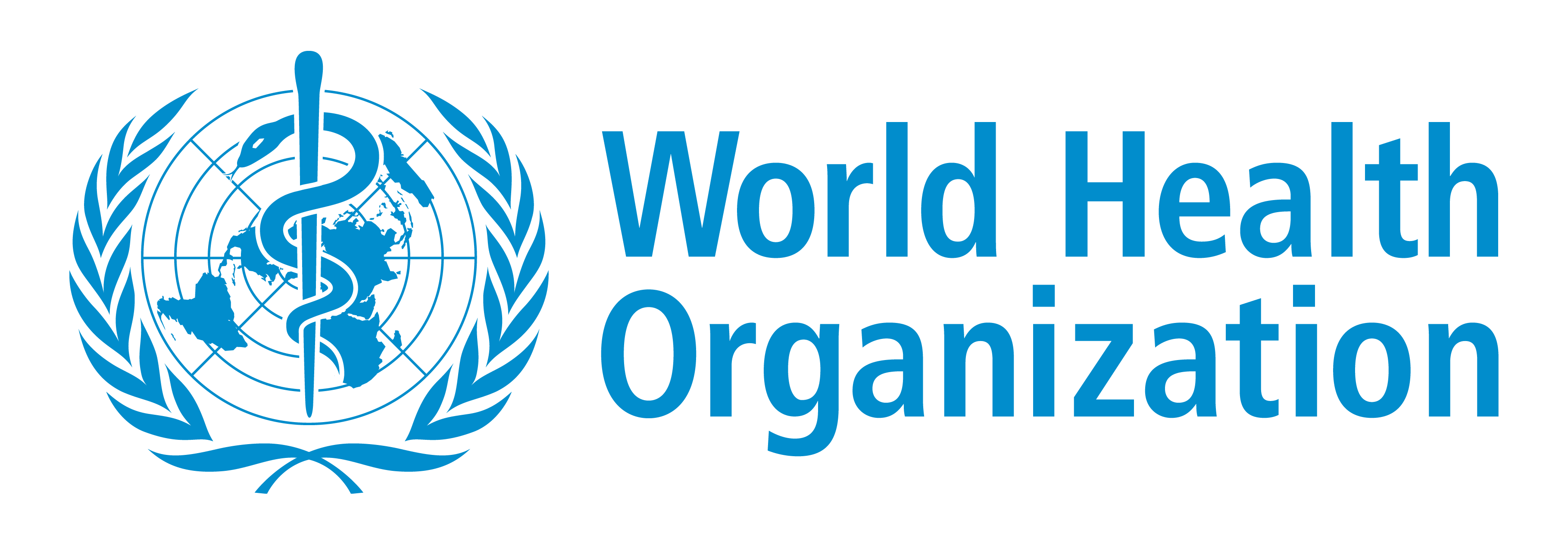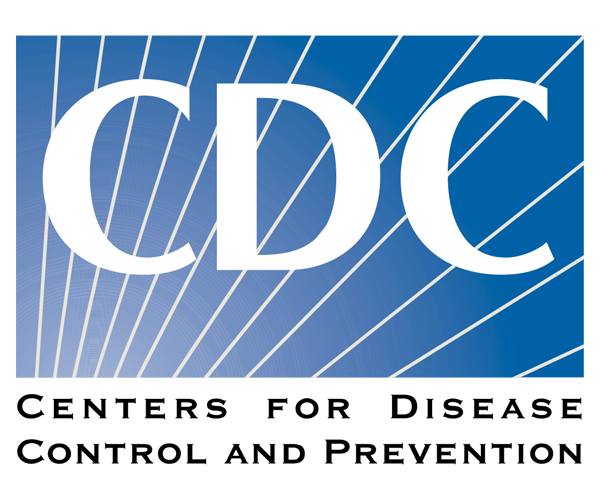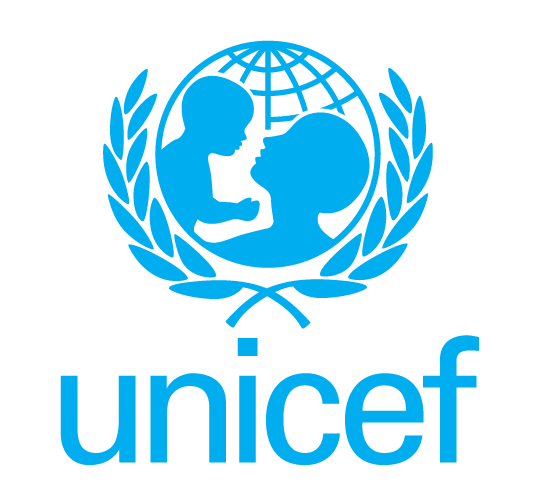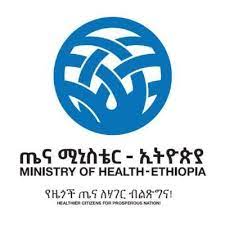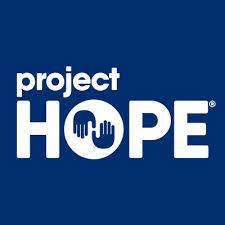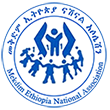Ask Us HIV positive children, Adolescents and Youth National Association established in 2001, was founded by about 30 passionate HIV-positive children, adolescents, and youth.
Currently, the association is playing significant role in setting the issue of HIV positive children, adolescents and youth as a national agenda.
ASK US has developed a five-year HIV/AIDS strategic plan, which covers the period of 2023-2028, is prepared based on a comprehensive situational analysis and wider stakeholders’ consultation. The strategic plan aims to guide programs, resource mobilization and partnership to the benefit of children, adolescents, and youth with due focus on the HIV positive children, adolescents and youth and their families.
ASK US Vision, mission, and priorities 2023-2028
Learn More


